The Indian jewelry brand recently opened stores in Atlanta and Seattle.
And the Survey Says …
What a recent study tells us about optimism in the industry, where people are buying jewelry and how much of it they are buying for themselves.

Jewelers of America, which owns this fine publication, just announced the completion of a study it commissioned, the “Fine Jewelry Industry Consumer and Retail Market Study.”
Conducted by Provoke Insights, the study surveyed two distinct groups: those who own jewelry stores (retailers) and those who, hopefully, shop in them (consumers).
While the full results of the study are being published in a white paper made available to JA members only, I was able to get my hands on a copy and will share some of what I think are the most interesting points below.
Let’s start with the retail portion of the study, which surveyed 275 JA member retailers.
When asked about the overall state of the market, survey-takers were overwhelmingly positive, with 79 percent of respondents saying they expect sales to greatly (23 percent) or slightly (56 percent) increase over the next three years.
Only 10 percent of respondents said they expect sales to decline, with the remaining 11 percent forecasting flat sales.
Still, they recognize there are challenges, chief among them being how to evolve and compete in the rapidly changing retail landscape.
Part of being able to compete today is, of course, having an updated website that is both responsive and e-commerce enabled. But that is a challenge, particularly for the smallest jewelers.
The survey shows that only 24 percent of retailers with less than five employees have an e-commerce-enabled website. That number climbs to 36 percent for jewelers with five to 10 employees, and tops 50 percent of those with 11 or more employees.
“When it comes to purchasing high-priced items, customer service is key. Local stores have a real opportunity to offer uniquely luxurious experiences.” -- Jewelers of America, “Fine Jewelry Industry Consumer and Retail Market Study”Now, on to consumers, specifically the 2,019 who were surveyed.
What the study found was that regardless of their age, consumers at least like to see a piece of fine jewelry in a store before they buy, even if they do their initial research online.
What’s more, many consumers prefer to shop at local stores over websites, big-box stores and duty-free shops. This is particularly true of those looking to give fine jewelry as a gift.
In the survey, the top location for purchasing fine jewelry was a national chain store, cited by 56 percent of all respondents.
Local stores/small businesses and department stores were next, tied at 47 percent, followed by online retailers that have
“When it comes to purchasing high-priced items, customer service is key,” JA states in the survey results. “Local stores have a real opportunity to offer uniquely luxurious experiences to compete against department stores, chains and e-commerce websites, where customers have less access to qualified jewelers and gemologists.”
But the survey also showed that jewelers of all sizes are missing out an opportunity--selling to individuals, particularly women, looking to buy jewelry for themselves at any point during the year.
Forty-three percent of survey-takers said they had purchased or received jewelry as a gift in the last year, but only 22 percent bought jewelry for themselves.
Other luxury items don’t have this problem; the survey showed that respondents aren’t timid about buying themselves designer accessories/sunglasses, watches/other timepieces, and designer handbags or leather goods.
RELATED CONTENT: 10 Jewels for the Self-Purchasing Female ConsumerThis is problematic for a couple of reasons.
First, attitudes toward marriage are changing. People are waiting longer to wed, or, in many cases, never getting married, either because there’s no longer a social stigma attached to living together out of wedlock or because they’re not in a relationship at all. An article published earlier this fall by the Pew Research Center put the number of single U.S. adults at 42 percent.
So if retailers are waiting around until consumers are getting engaged or thinking about getting engaged to sell them jewelry, then they could be waiting a long time.
Secondly, there is a lot more “noise” around the major gift-giving holidays, like Christmas, Valentine’s Day and Mother’s Day, making it harder to get one’s message heard.
As the survey says: “Focusing marketing efforts outside of major gift-giving holidays is more economical because of off-peak media costs. It can be easier to get one’s promotion or message heard by consumers when they are not inundated with holiday promotions.”
The Latest
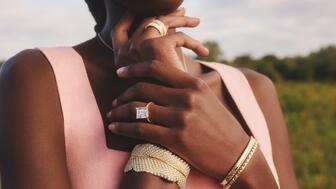
CEO Beth Gerstein shared its most popular price points, what’s trending in non-bridal fine jewelry, and its holiday performance.
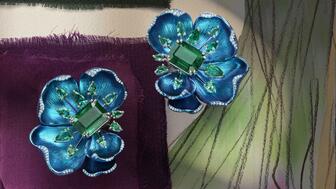
The 15 pieces were crafted from the “Insofu” emerald, discovered in Zambia in 2010.

Supplier Spotlight Sponsored by GIA
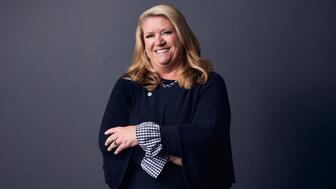
Chris Anderson is joining the insurance provider as the new chief financial officer and treasurer.

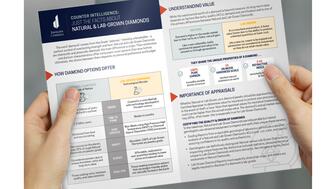
Jewelers of America is distributing a brochure for retailers to use when discussing the differences between natural and lab-grown diamonds.
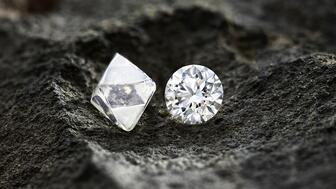
The industry is changing as it grapples with new realities around distribution, supply, and the need for consistent, effective marketing.
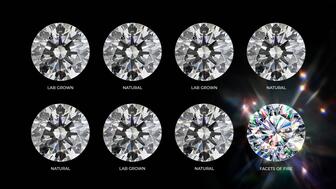
Natural diamonds mean more than lab-grown, but when every cut is ideal, they all look the same. Customers want more—Facets of Fire delivers.

Bhansali discusses the potential impact of U.S. tariffs, demand for diamonds by market, and the “cautious confidence” in India right now.

As lab-grown diamond brands pop up across India, academics are researching how to grow demand outside of the jewelry industry.

Govind Dholakia and Tanishq will be recognized for their contributions to the industry at the Diamonds Do Good Awards in Las Vegas.

The New York City-based brand has opened its first U.K. location with a permanent shop-in-shop at Liberty in London.
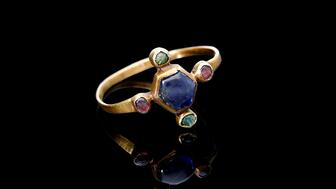
A metal detectorist discovered the ring that is believed to have belonged to a bishop in the late 12th to early 13th century.

Organizers looked to new partnerships and interactive experiences to enhance the spring show, set for March 16 to 18.
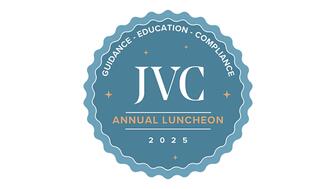
Kenewendo, Botswana’s minister of minerals and energy, will discuss the future of diamonds.

The suspect allegedly stole almost $800,000 worth of diamond jewelry from a store in Orlando and then swallowed it during a traffic stop.

Ahead of the Gem Awards on Friday, Jen Cullen Williams and Duvall O’Steen share pro tips for taking the best photos.

Founded in 2000, Marco Bicego is commemorating its milestone anniversary with a “25 Best” collection and campaigns honoring its heritage.

Those attending the company’s upcoming Zoom workshop will receive early access to “The List,” its new resource for finding buyers.

The organization will present an award to Amy-Elise Signeavsky, law enforcement and diamond recovery manager at GIA.

Chandler started his jewelry career at Michelson Jewelers, joining the Diamond Council of America as president and CEO in 2001.

Scottish American designer Maeve Gillies collaborated with Platinum Guild International on jewelry created by direct metal 3D printing.

Ahead of its trade show in May, TJS awarded free registration and accommodations to five up-and-coming jewelry industry professionals.

The 2025 Gem Awards are set to take place Friday at Cipriani 42nd Street in New York City.

The annual star-studded campaign for International Women’s Day encourages collective action against domestic violence.

The statement piece is seen in Yeprem’s new “You Play the Game” campaign, created for International Women’s Day.

Longtime employee Kyle Slosson has been promoted to the role.



























